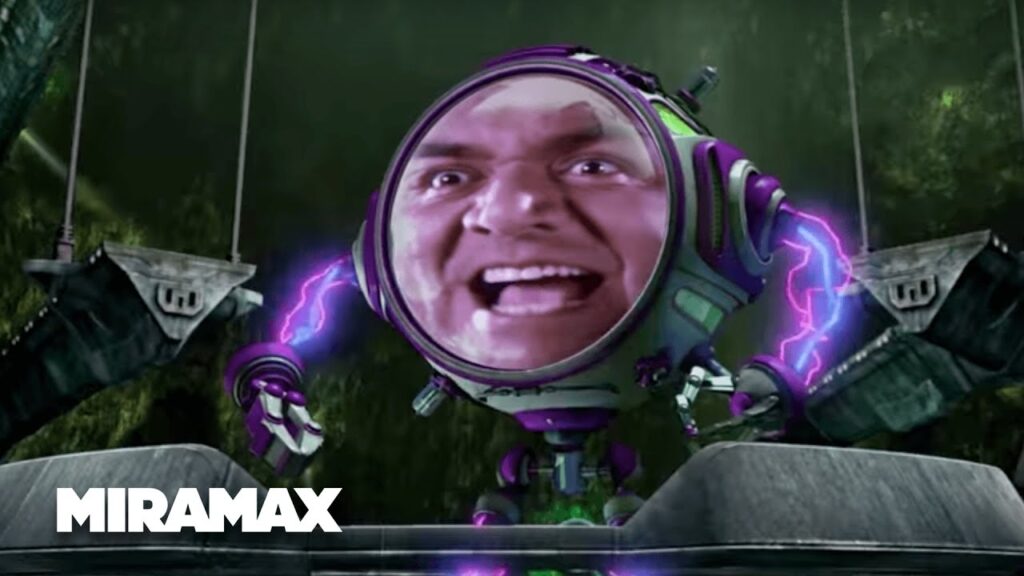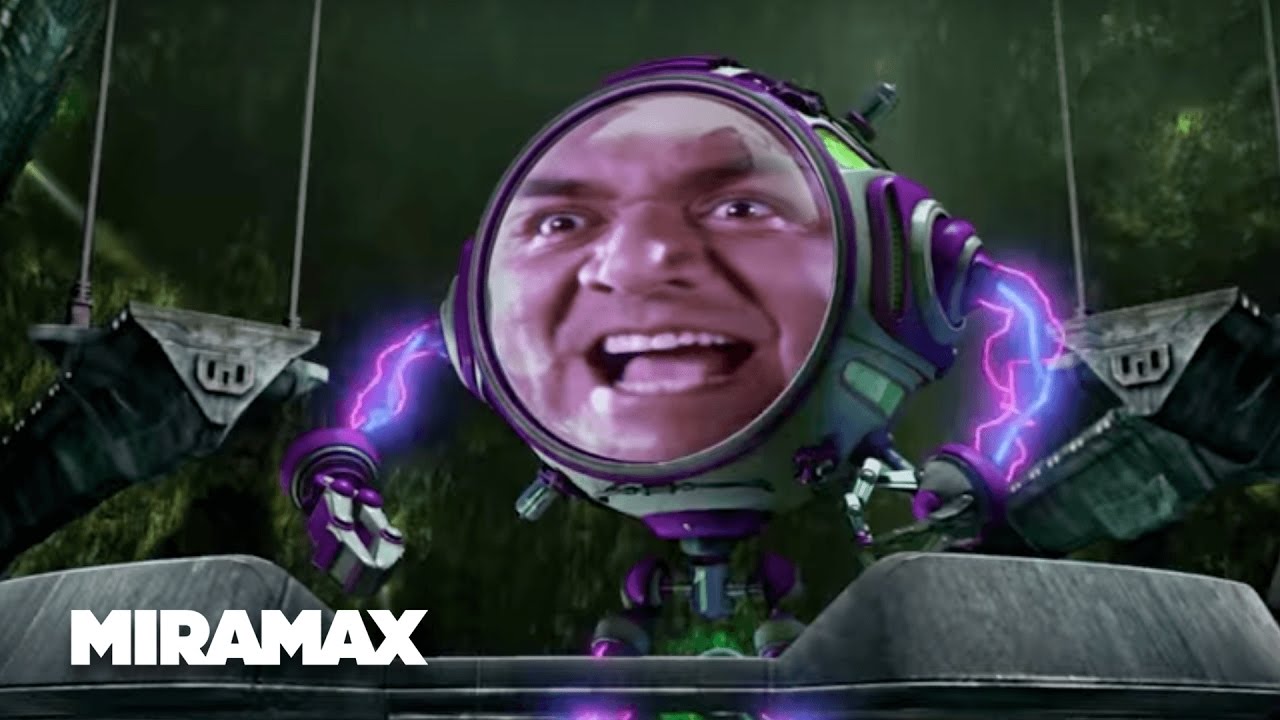
Decoding the Villain: Who Was the *Sharkboy and Lavagirl* Bad Guy, Really?
Robert Rodriguez’s *The Adventures of Sharkboy and Lavagirl in 3-D* remains a nostalgic touchstone for many who grew up in the mid-2000s. The film, a vibrant blend of dream logic and kid-friendly superheroics, introduced us to Max, a young boy whose fantastical dreams become reality. Central to Max’s dream world is the conflict between the heroic Sharkboy and Lavagirl and the forces threatening their planet, Planet Drool. But who exactly was the bad guy in *Sharkboy and Lavagirl*, and what made them so compelling (or, perhaps, not)? This article delves into the nuances of the film’s antagonist, exploring their motives, impact, and lasting legacy within the realm of children’s cinema. We will explore the role of the bad guy and his significance.
The Obvious Answer: Mr. Electric
On the surface, the primary antagonist is undeniably Mr. Electric, played with theatrical flair by George Lopez. Mr. Electric serves as the initial and most visible threat to Planet Drool. He controls the flow of electricity, plunging the dream world into darkness and disrupting the balance of its fantastical elements. His design is striking, a humanoid figure crackling with blue energy, and his powers pose a direct challenge to Sharkboy and Lavagirl’s abilities. Mr. Electric’s minions, the Plug Hounds, add a layer of comedic menace to his reign of terror, and his overall presence is that of a classic, larger-than-life villain. But is Mr. Electric truly the ultimate bad guy? Or is there more to the story?
Why Mr. Electric Seems Like the Bad Guy
- Direct Antagonism: Mr. Electric directly opposes Sharkboy and Lavagirl, actively hindering their efforts to save Planet Drool.
- Destructive Powers: His control over electricity allows him to wreak havoc, causing widespread chaos and disrupting the dream world.
- Classic Villain Archetype: Mr. Electric embodies many traits of a traditional villain, from his imposing appearance to his maniacal laughter.
Beyond the Surface: The True Antagonist
While Mr. Electric serves as the immediate threat, a deeper analysis reveals a more complex and nuanced antagonist: Max’s own self-doubt and negativity. The film subtly suggests that Mr. Electric is merely a manifestation of Max’s fears and insecurities. Planet Drool, after all, is a world born from Max’s imagination, and the challenges faced by Sharkboy and Lavagirl are symbolic representations of Max’s internal struggles.
Max’s Doubts as the Real Bad Guy
Consider the following points:
- Dream Logic: The entire narrative operates on dream logic, where thoughts and emotions directly influence reality.
- Max’s Unhappiness: At the beginning of the film, Max is portrayed as a lonely and insecure child, struggling with feelings of inadequacy.
- The Transformation: Mr. Electric isn’t simply defeated; he’s transformed. Max helps Mr. Electric see the error of his ways, turning him into Mr. Electricidad, a force for good. This transformation reflects Max’s own growth and newfound self-confidence.
Therefore, the true bad guy isn’t a singular entity but rather the collective weight of Max’s negative emotions. Mr. Electric, in this context, becomes a physical representation of these internal struggles, a challenge that Max must overcome to realize his full potential. The story of *Sharkboy and Lavagirl* highlights the importance of self-belief and the power of positive thinking. By conquering his own doubts, Max is able to save Planet Drool and, more importantly, discover his inner strength. The journey of overcoming the bad guy is a journey of self-discovery.
The Role of Minus
Adding another layer to the villainous landscape is Minus, also portrayed by George Lopez. Minus is essentially the opposite of Max – a force of destruction and negativity who wants to erase all the good dreams in Planet Drool. He is the one who corrupts Mr. Electric in the first place. While Mr. Electric is a more immediate threat, Minus represents the underlying force of negativity that fuels the conflict. Minus is a significant bad guy in the narrative.
Minus’s Impact
- Corruption of Mr. Electric: Minus is directly responsible for turning Mr. Electric into a villain.
- Symbol of Negativity: He embodies the destructive power of negative thoughts and emotions.
- Ultimate Goal: His desire to erase all dreams represents a complete rejection of imagination and hope.
Why the Antagonist Matters
The identity of the *Sharkboy and Lavagirl* bad guy is crucial to understanding the film’s underlying message. It’s not simply a story about good versus evil; it’s a story about the power of dreams, the importance of self-belief, and the ability to overcome internal struggles. The film teaches children that their thoughts and emotions have a direct impact on their reality and that even the most formidable challenges can be overcome with a positive attitude. The bad guy serves as a catalyst for growth and self-discovery.
The Visual Appeal of the Villains
The visual design of Mr. Electric and Minus also contributes to their effectiveness as antagonists. Mr. Electric’s crackling energy and menacing grin create a sense of immediate danger, while Minus’s distorted features and shadowy presence evoke a feeling of unease. The vibrant colors and exaggerated features of these characters are consistent with the film’s overall aesthetic, creating a visually engaging and memorable experience for young viewers. Even though the special effects may seem dated by today’s standards, the creativity and imagination behind the character designs remain impressive. The visual representation of the bad guy is a key element of the film’s success.
The Bad Guy’s Legacy
Despite mixed critical reviews, *The Adventures of Sharkboy and Lavagirl in 3-D* has maintained a devoted following over the years. The film’s imaginative world, its relatable themes, and its memorable characters have resonated with audiences of all ages. The ambiguous nature of the bad guy has also sparked ongoing discussions and interpretations, further solidifying the film’s place in popular culture. The film has become a cult classic, and the bad guy remains a topic of conversation among fans. [See also: Sharkboy and Lavagirl 2 Release Date]
Conclusion: A Multifaceted Antagonist
In conclusion, the identity of the *Sharkboy and Lavagirl* bad guy is multifaceted. While Mr. Electric serves as the immediate threat, a deeper analysis reveals that Max’s own self-doubt and negativity are the true antagonists. Minus further complicates the narrative, representing the underlying force of destruction and despair. By understanding the nuances of these characters, we can gain a greater appreciation for the film’s underlying message about the power of dreams, the importance of self-belief, and the ability to overcome internal struggles. The film reminds us that even the most formidable challenges can be overcome with a positive attitude and a willingness to embrace our imagination. The bad guy is not simply a villain to be defeated; they are a challenge to be overcome, a lesson to be learned, and a reflection of our own inner struggles. Understanding the role of the bad guy allows us to appreciate the film’s deeper meaning and its lasting impact. The bad guy is a critical component of the narrative. The lasting impact of the bad guy in *Sharkboy and Lavagirl* continues to be discussed and analyzed by fans and critics alike. The complexity of the bad guy makes the film more engaging and thought-provoking. The bad guy represents internal struggles and the power of overcoming them. Ultimately, the story of the bad guy in *Sharkboy and Lavagirl* is a story about self-discovery and the importance of believing in oneself. The nuanced portrayal of the bad guy elevates the film beyond a simple children’s adventure. The film’s continued popularity speaks to the enduring appeal of its themes and characters, including the memorable bad guy. The legacy of *Sharkboy and Lavagirl* and its bad guy continues to inspire and entertain audiences worldwide.

